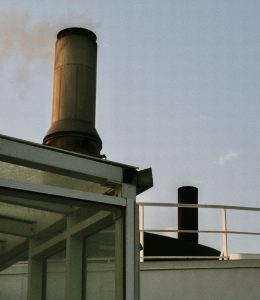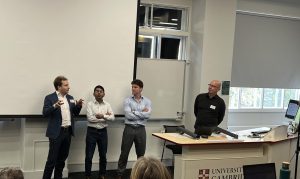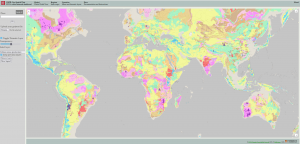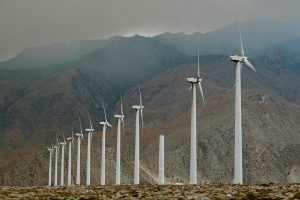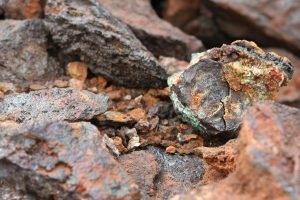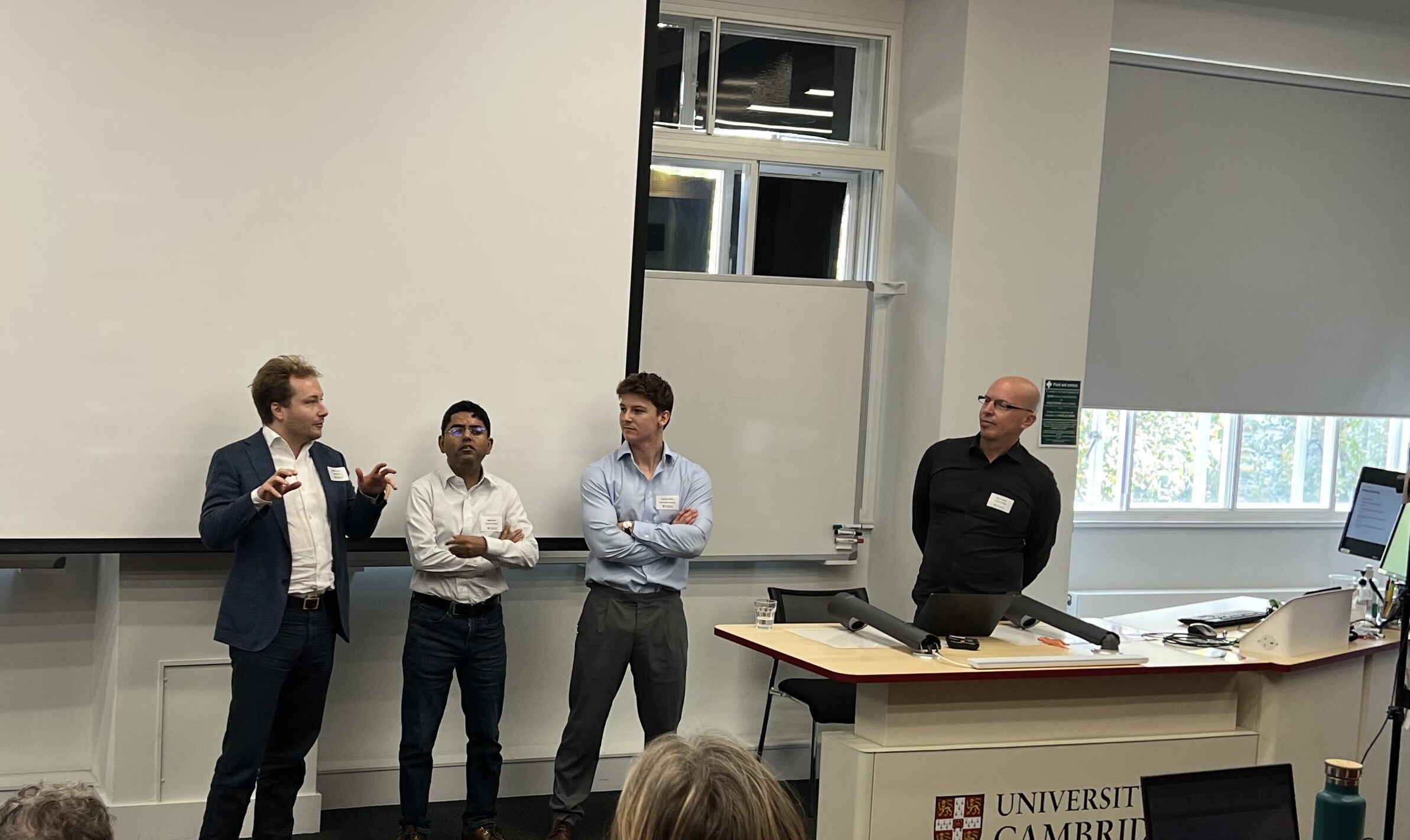Gordon Research Seminar and Conference on Industrial Ecology
Four members of the Resource Efficiency Collective attended the Gordon Research Seminar (GRS) and the Gordon Research Conference (GRC) on Industrial Ecology, both held in Maine, US between the 11th and 17th June 2022.
This GRS event was titled “Turning Research into Practice: Complexities of Industrial Ecology Implementation”. The idea behind it was to serve as a bridge between young researchers and practitioners undertaking data analysis for the achievement of key sustainability objectives. Another aim was to present cutting-edge analytical methodologies in industrial ecology.
The 2022 GRC topic was “Advancing the Circular Economy for Human and Planetary Wellbeing”. It opened up space for industrial ecology researchers to discuss new scientific approaches, analytical tools and share insights that could support further the application of the circular economy in society. One of the main topics addressed during the conference was the technological, logistic, and societal challenges associated with the transition towards a circular economy in the plastics value chain. Benefits of transitioning to a circular economy for plastic include a reduction of the annual volume of plastics entering the oceans by 80% and a decrease in carbon emissions by 25% (Head to Refficiency’s C-THRU website for more information on this topic).
Ana‘s poster introduced a new methodology for estimating the exergy-based Resource Efficiency of the clinker manufacturing section of a cement plant from data reported by companies to the EU Emissions Trading Scheme. Comparing to the values obtained from a traditional control data analysis, using real-time sensor data, the reported data model led to maximum deviation of 8%. The new model allows us to obtain a good proxy of a clinker manufacturer Resource Efficiency, while being less data-intensive and time-consuming. Through the application of the method to the remaining European clinker manufacturers, a resource use performance map can be constructed, endowing policymakers and investors with a powerful tool for benchmarking plant’ performance.
Karla’s poster introduced the open-source model Mat-dp (Material demand projections), which she and some colleagues have been developing. Mat-dp is used to assess the number and type of materials needed for building low-carbon energy and transport systems – or any other system. These projections can be used to assess material-related implications such as the embodied emissions of these materials, the impacts of material scarcity, the use of resources such as water, or the employment generated by building the proposed systems. The consideration of materials serves as an improved integrated energy or transport planning and addresses the use of more specialised materials in low-carbon systems. Mat-dp can help users to perform rapid assessments of material use and inform audiences such as policy makers.
Luke proposed a new framework for estimating scope 3 greenhouse gas emissions by modelling supply chains as a graph where multiple data types can be assigned to individual nodes representing supply chain processes and linked by similarities between processes. Treating the problem as a node classification task will allow us to exploit the latest developments in graph representation learning, also used in drug discovery and Google Maps, to create an incrementally improving framework of emission estimation. As new data of any type is acquired the entire system may become more accurate.
Gabriel proposed a framework for assessing the theoretical and practical constraints linked to the implementation of a Circular Economy. The framework (and associated metrics) captures the degree of circularity with regard to the following three principles: (1) extend product and material usefulness; (2) encourage long-term decarbonisation; and (3) decouple services provision and resource use. Through a case study of UK car-based passenger mobility, he highlighted how governmental policies and corporate strategies require research-based methods and metrics to achieve the circular economy because without them the concept becomes no more than a buzzword.
During the conference, Ana was awarded the prize for the best poster by a research student, for her poster “Control data vs. reported data in the assessment of industrial plants’ resource efficiency”. The winners of the 1st industrial ecology cartoon competition were also announced. Gabriel and colleagues were awarded second place.
Photo credit: Clay Banks

